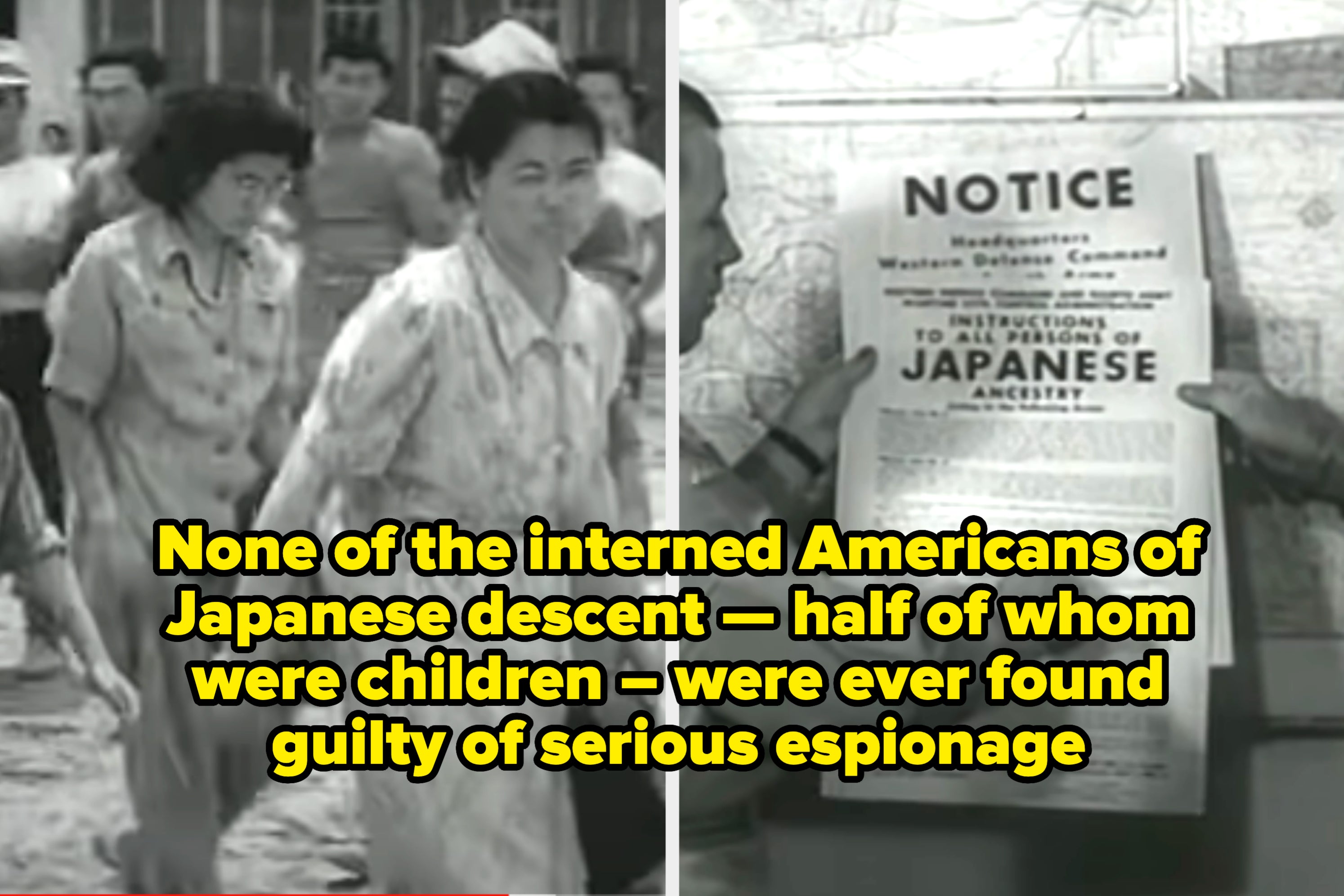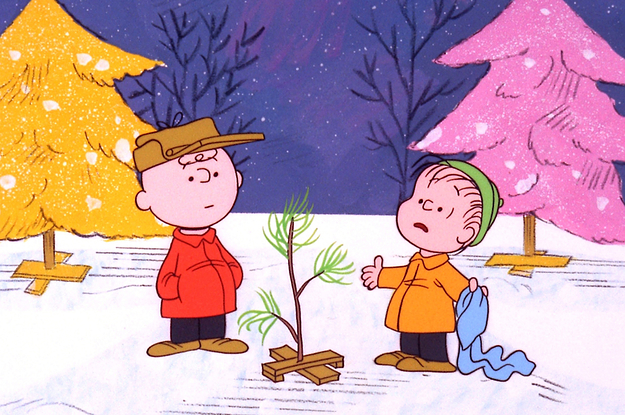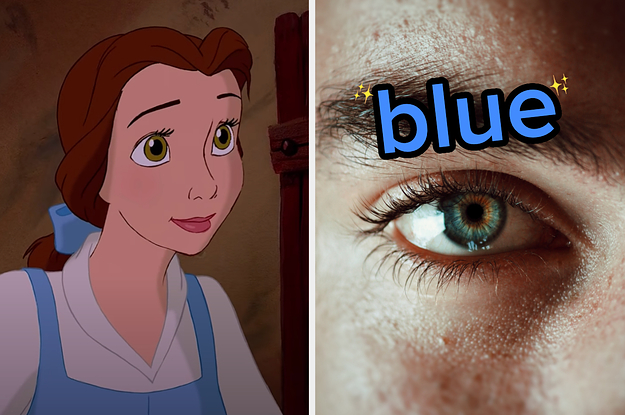Community
19 Messed-Up Facts About US History That I'm Almost Positive You Didn't Learn In Grade School

19 Messed-Up Facts About US History That I’m Almost Positive You Didn’t Learn In Grade School
Let’s remember what Labor Day is really about.
Recently, we wrote about messed-up historical facts, and members of the BuzzFeed Community suggested some of their own in the comments. Since many of these concerned US history, we’re back with some hard truths about America — read on if you want to challenge the history you were taught in school.
1. Labor Day’s origins are shrouded in blood. Back in the 1800s, Labor unions were also considering making May 1 the holiday honoring workers — it’s a worker’s holiday internationally, and they had set a strike for an eight-hour workday on that day. However, the US government chose to support a September version of the holiday instead, specifically so that May 1 would not be a US labor holiday. Why did they want to avoid this? First of all, they wanted to keep their workers from even more solidarity with international workers fighting for the same rights. Also…remember that strike I mentioned on May 1? It didn’t end well.
The Haymarket rally (which itself was in part to protest police violence that had killed two workers the night prior) became a riot when someone threw a bomb at police — eight labor activists were blamed (even though they all had alibis), and four of them were hanged (with a fifth dying by suicide the night before he was meant to be hanged). The trial and subsequent hangings were controversial due to the lack of evidence and even prompted the men to be viewed as martyrs, inspiring other labor workers to rise up. The US wanted to avoid commemorating this event and emboldening workers to fight even harder for their rights.
2. The Texas Revolution is often sanitized in history books, particularly in Texas. One of the main causes of the revolution was not a patriotic desire for freedom from Mexico but instead to preserve slavery. Mexico had outlawed the practice, which upset Texans, whose main industry was cotton. Many of the myths of the battle of the Alamo, in particular, are untrue: There was no line drawn in the sand, Davy Crockett did not go down fighting, and they certainly did not fight until the last man — up to half of the soldiers fled as they lost. The supposedly “brave” fighters died essentially defending slavery.
3. The US didn’t just obliterate the native population of people when they settled in the US — they also caused the near-extinction of some animals, such as the buffalo. There were between 30 and 60 million buffalo in the early 1800s, but as settlers expanded west (and built their first transcontinental railroad) over the next century, the number of buffalos dwindled down to less than 1,000. This greatly impacted the Native Americans, who relied on the buffalo for food and hides.
4. Relatedly…you may know about the Wounded Knee Massacre, but in case you don’t, let me teach you some history. In the late 1890s, the Lakota people had been robbed of much of their land (and the buffalo that used to roam there), forced onto reservations they needed permission to leave, and hit with droughts and epidemics. A movement/religion called the Ghost Dance began, in which the Lakota believed the United States and its white colonists would one day disappear.
Fearing an uprising, the US Government sent troops (the largest military deployment since the Civil War) to arrest the movement’s leaders. One Sioux chief fled with a group of Lakota, heading for another reservation in the state. Troops found them, arrested the chief, and began to confiscate weapons. Fighting broke out, and the soldiers shot at the camp, killing at least 150 (and possibly up to 300) — including the chief, who was already arrested and was so sick he could barely move. Only 25 American soldiers were killed, mostly from friendly fire.
I bring this up not only because it was horrific but because you may have heard of the massacre as a “disaster” (the Library of Congress refers to it as such) or even a battle.* This was not the case. Two-thirds were women and children, and many of the rest were older adults.
5. You also likely know about the internment of Americans with Japanese ancestry during World War II, but here are some extra details that show just how bad it was. Residents, who had only days to leave their homes and businesses, lost $400 million in property. Other Americans would offer much lower rates for the soon-to-be-interned desperate to sell, and many of their cars were requisitioned for the war. They remained at the camp for years, and the last camp was not closed until 1946, despite the war ending in 1945.
Many people in the camps were over 65 or had a disability, while — heartbreakingly — half were children, including newborn babies, orphans, and even children who had been adopted and raised by non-Japanese parents. Anyone with even 1/16 of Japanese heritage had to go. Two-thirds of the interned people were full American citizens who had been born in the US. In the end, no one with Japanese roots was found guilty of serious espionage or sabotage in the war.
The camps were surrounded by barbed wire fences and guarded, and in some instances, internees were killed or shot while “trying to escape.” (It’s unclear if they actually were.) In total, 1862 people died in the camps, most from disease (this was, of course, also happening outside the camps, but the camps did not offer nutritional meals, and their medical facilities were subpar). After the war, the formerly interned were twice as likely as other Americans to die from heart disease or other premature deaths.
The US Government didn’t apologize until 1988. They then paid out $20,000 in reparations to each surviving internment victim.
6. The contributions of Black soldiers in the Revolutionary War are almost invisible in most American education. Black soldiers did serve in the Continental Army despite the fact that George Washington forbade it (he later changed his mind after the British recruited Black soldiers in America). Still, many Black Americans chose the British, as the British offered Black slaves freedom* in exchange for their service, while only Rhode Island appears to have done so consistently in the US.
Some of the Black soldiers who fought for the US were free men, but others were enslaved people who would return to their enslavement after the war (their wages would go to their masters) — even when their masters had promised freedom in exchange for fighting. Around 10-15% of the soldiers who fought in the Revolution were Black, including soldiers like Salem Poor, double agents like James Armistead, and the almost all-Black First Rhode Island Regiment. And yet, we rarely learn about them, and few were recognized in any way at all.
7. When the slave trade was banned, the slave industry continued to flourish in America because people essentially “bred” enslaved people. In fact, the slave trade wasn’t banned as an act to curb slavery, but rather because the slave trade was flooding the market with too many enslaved people, which reduced the prices enslaved people would be sold at in the US and hurt enslaver profits.
8. Unlike the interned Americans of Japanese descent, neither the enslaved nor their descendants ever received reparations for slavery. The only reparations that have been paid out over American slavery have gone to enslavers.
9. One more slavery-related fact I find disturbing: The Georgia state flag did not always feature a Confederate flag. It was actively added as a response to the Civil Rights Movement in 1956 and lasted until 2001…so those claiming the flag is a traditional, historical thing that should remain the way it’s always been can shut it.
10. The US actively turned away thousands of Jewish refugees during the war (right back to places under Nazi control), despite not having filled their quota for German immigrants. Countries that did accept Jewish refugees included China and the Philippines.
11. After WWII, the US actively recruited former Nazi scientists to aid America during the Cold War in what was called Operation Paperclip. They brought in 1600 German scientists and their families, in many cases getting rid of evidence of their war crimes to bypass then-President Truman’s decree that no active Nazis be employed.
12. The Fernald State School was a school in Massachusetts for children with disabilities or who had been abandoned by their parents. The children often dealt with abuse, forced physical labor, and poor conditions. Then, in the 1940s, the school began a Science Club for the students, which came with tons of perks, including free breakfast. They did not know that they were being experimented on. The oatmeal they ate — provided by Quaker — was radioactive; in other cases, they were injected with radioactive calcium. The experiments were not for any grand purpose, either. They mostly existed to give Quaker information to compete with brands like Cream of Wheat, though findings did eventually lead to helpful research on osteoporosis.
13. Similarly, at Willowbrook State School, which also housed many children with learning and intellectual disabilities, the scientists exposed students to Hepatitis A to help them develop a vaccine. They injected children 5-10 years old with Hep A or gave them chocolate milk with the poop of their classmates who already had Hep A. This did aid in creating a vaccine.
14. Even more messed-up experiments were done on almost primarily Black inmates at Holmsburg prison, many of whom were awaiting trial and had not yet been found guilty of any crime. Like at Willowbrook, inmates were exposed to viruses, but they were also exposed to fungus, asbestos, and dioxin (which Agent Orange is made from). Many of these inmates were illiterate. These experiments were run by UPenn dermatologist Albert Kligman and were mostly used to produce makeup, skincare, and other cosmetics. He partnered with Johnson & Johnson and Dow Chemical Corporation.
Kligman also ran tests on women at the House of Correction in Philadelphia, funded by UPenn. This included giving women psychedelics, testing out diets, and testing tampons without providing proper information on how to use them — one patient describes undergoing a hysterectomy after improper education led her to leave part of a tampon still in her body. Kligman — who has since died — said in 2006 that “shutting the prison experiments down was a big mistake.” He continued, “I’m on the medical ethics committee at Penn, and I still don’t see there having been anything wrong with what we were doing.”
15. Speaking of prisoners, did you know that there is no minimum wage for prison workers? Some don’t get paid at all, and the others are making literal pennies (usually less than a dollar an hour and often less than 50 cents an hour). Oh, and prisoners have to pay for their room and board out of their wages.
16. Some workers harvest crops on former plantations, and some even pick cotton. It’s worth noting, of course, that Black Americans are disproportionally incarcerated. Chain gangs also aren’t as antiquated as you think — Alabama brought them back for a year in 1995.
17. An oft-forgotten part of US History involves eugenics and sterilizing people. The government-funded sterilization in 32 states disproportionally affected women of color, though it was also done on immigrants, the poor or unmarried, and people with disabilities. Patients did not always know what was being done to them or give consent, and others were coerced. This didn’t just happen back in the day, either. Between 2006-2010, almost 150 women in California prisons were sterilized.
18. This wasn’t some fringe movement, either. There’s a BUNCH of famous US historical figures who were eugenicists (especially when it came to disabilities and mental illness), including (but not limited to) Theodore Roosevelt, Helen Keller, and Herbert Hoover.
19. And finally, we’ll end on one that’s much more recent: during lockdown, the Pentagon launched a secret anti-vax campaign in the Philippines, which later spread to Central Asia and the Middle East. Fake social media accounts were used to sow doubt and spread misinformation about China’s COVID-19 vaccine. This was essentially done because the US wasn’t providing many vaccines to any allies, and China was — so they attempted to discredit China’s vaccines to offset potential growing relationships between other nations and China.
What messed-up US history facts have you learned about? Let us know in the comments!
Comments





